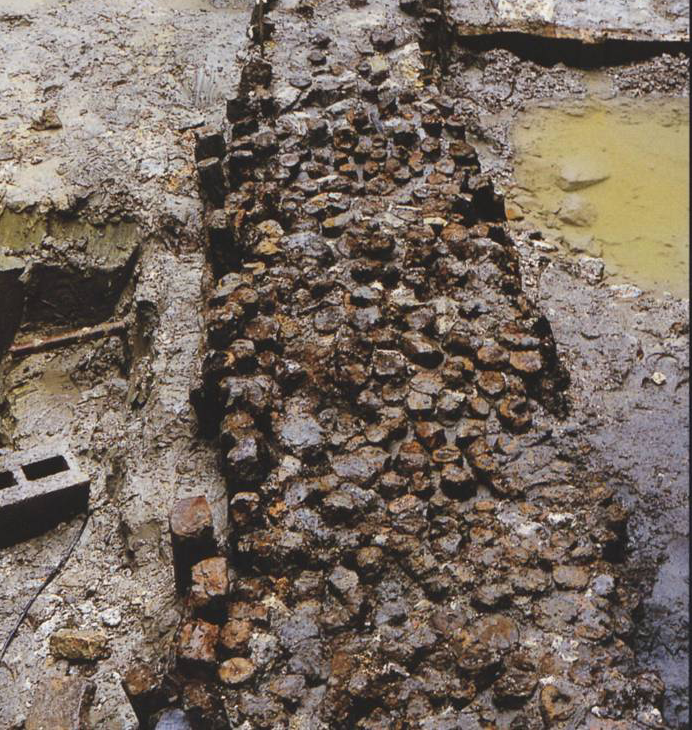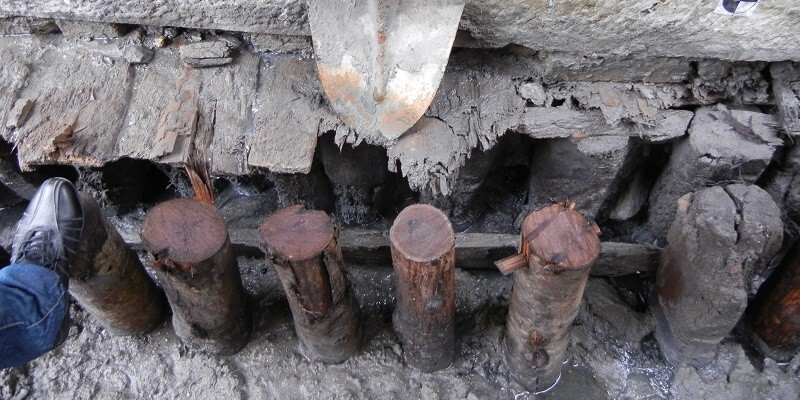Venice, renowned for its canals and palazzi, rests on a unique and remarkable foundation made of approximately 10 million underwater wooden logs. These logs, averaging 8 to 10 trunks per square meter, act as the city’s “roots,” offering vital stability. Over 1,200 years later, these ancient oak piles continue to support nearly all of central Venice.
Table of Contents
ToggleIngenious Engineering: Wooden Piles for Stability
To build the city on the marshy land of the Venetian Lagoon, the Venetians drove oak piles deep into the soft earth to form a stable foundation for their buildings. These piles were placed densely together, secured with crossbeams, and the gaps were filled with stone and cement. This technique created a solid base, allowing the construction of Venice’s famous palazzi.

Legacy of Preservation
The submerged oak piles have been preserved over the centuries due to the waterlogged conditions that slow their decay. Despite modern challenges like rising sea levels and the city’s gradual sinking, these ancient foundations continue to support the weight of Venice, highlighting the durability and ingenuity of the original construction.

Environmental Adaptation and Future Preservation
Venice’s foundation reflects a deep environmental adaptation, utilizing locally sourced wood to overcome the challenges of building on water. The preservation of these wooden piles is crucial to maintaining the city’s architectural heritage. Modern preservation efforts, along with measures to address climate change, are essential to ensuring Venice remains a living monument to human ingenuity.
In conclusion, the 10 million wooden logs beneath Venice represent a feat of ancient engineering and environmental adaptation, continuing to support the city today and offering a powerful reminder of the connection between architecture and nature.
Video

